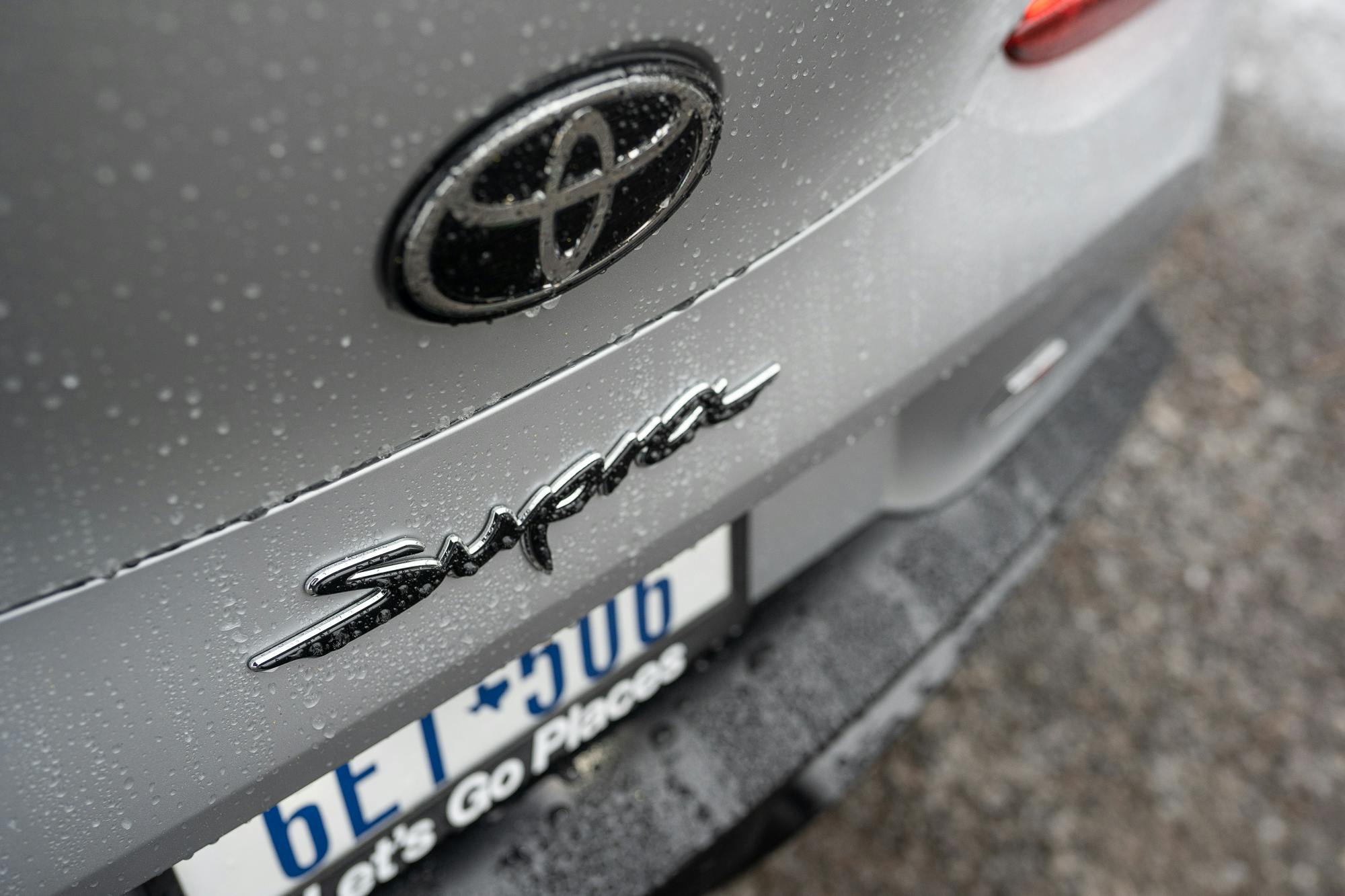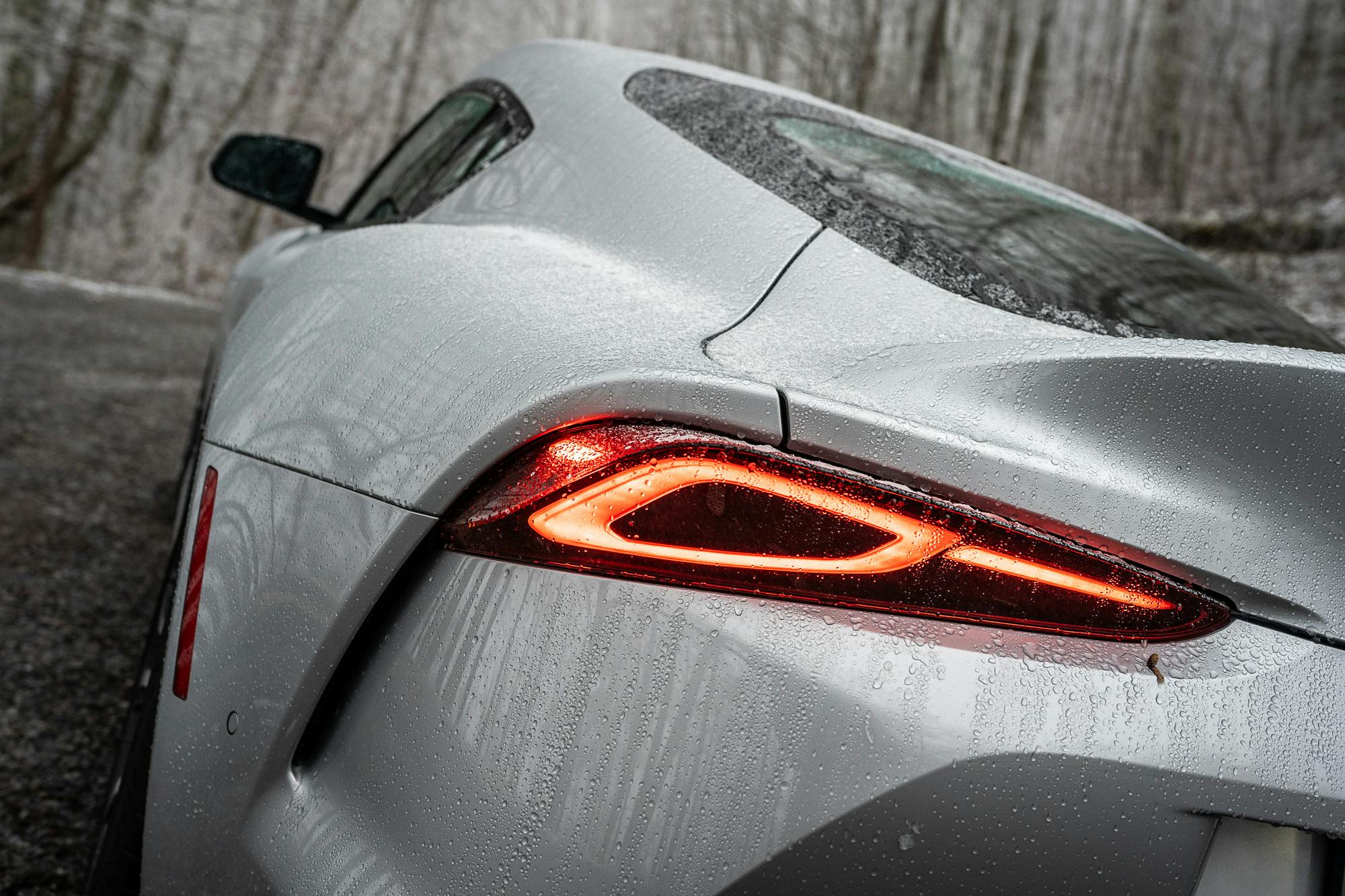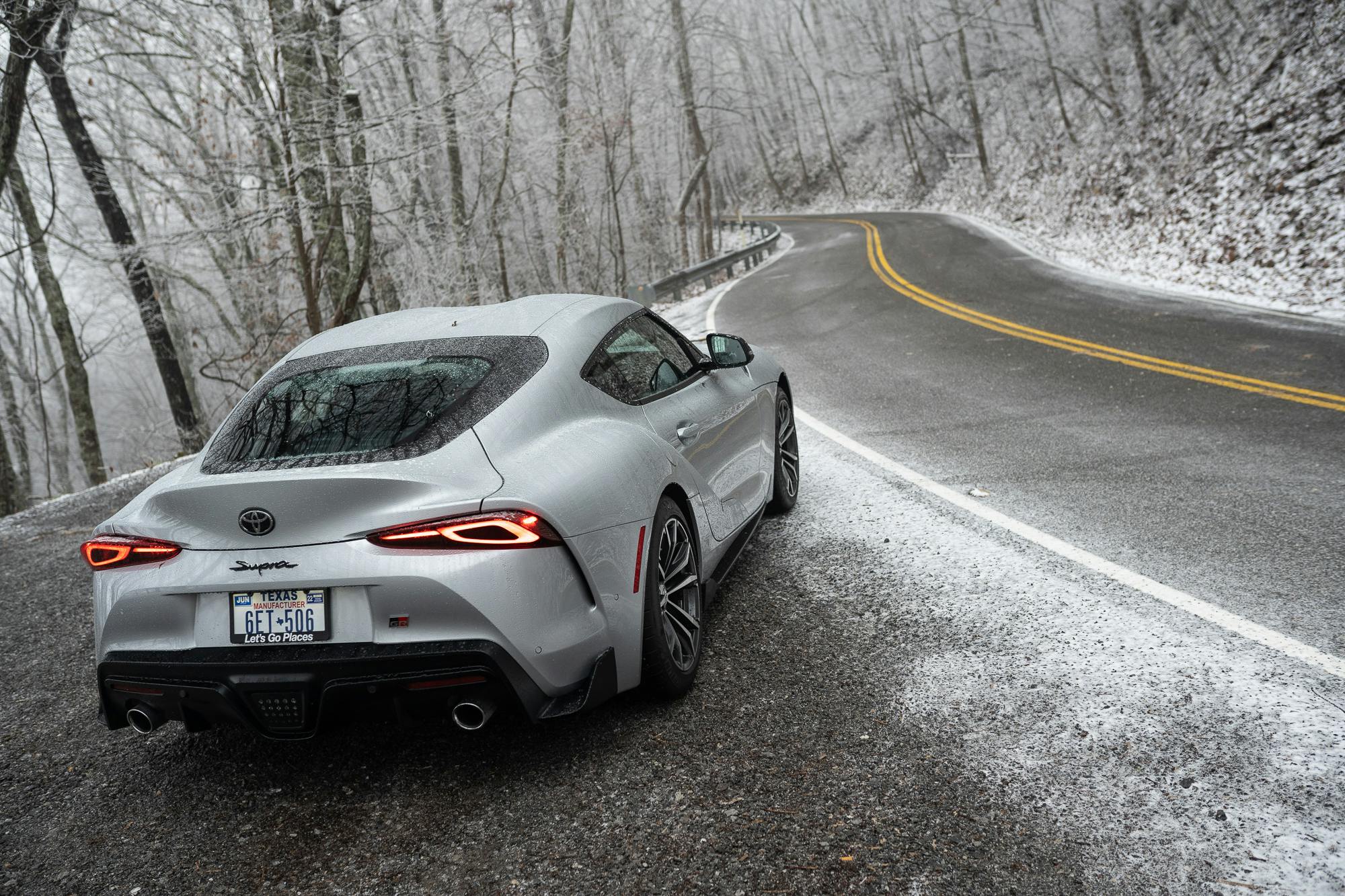Smithology: Through a Powerpoint, darkly

The behavior of any president is by definition presidential, as the old line goes; a Supra is a Supra because Toyota says it is, and if we want to call that four-door blob with Mustang fenders a Mustang, we will. Even if the Toyota doesn’t look or feel like any other Toyota (or Supra!), and even if that Mustang doesn’t feel very Mustang.
This language comes dangerously close to talking in circles, but these are circular ideas.
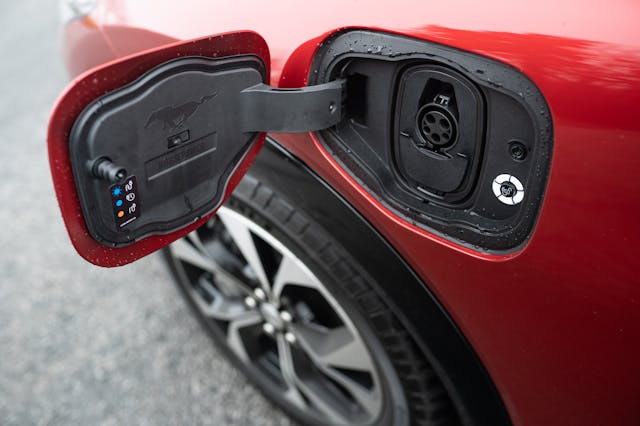
The carmakers themselves have answers, of course. Folks tell you to let it go, that names don’t matter, that not everything is a corporation cynically mining history for short-term gain, and maybe you read too much into this stuff anyway, don’t you have other hobbies?
“It’s just a Mustang/Supra,” they say. “Grow up.”
Feels wrong, though. Those particular names, so stacked with meaning, twisted.
“Feelings sell cars,” an industry consultant once told me,” but “logic gets them built.”
Not untrue, but oversimplifies the matter a little.
“Still,” you say. “This isn’t what Mustangs/Supras were.”

The crux of the issue. For decades, the machines in question were either a raw and budget-friendly everyman two-door (the Ford) or a refined, laid-back grand-touring device with a 500,000-mile drivetrain (the Toyota). Simple ideas, massive cultural dent. For years, you bought a Supra if you were a grown-up child who did childish things in adult fashion. You bought a Mustang if you were a child who never grew up, period. Now one of those names also means a fat and deeply unraucous four-door podwagon with a few Mustang styling cues, and the other is a rebodied BMW Z4. Which makes them about as classically Mustang and Supra as Ozzie and Harriet.
The former looks best in pictures; the camera lens tends to diminish the Ford’s sense of Amorphous Blob, slicking up the lines. The Toyota has balanced proportions, a fact not unconnected to how it was developed and built by Germans, around a deeply German design, to the terms of a business agreement, because Toyota didn’t want to spend the whole boat on developing a sports-GT car in-house.
BMW fonts inside. BMW parts prices. BMW drivetrain fussiness, which is to say, a new Supra is highly unlikely to one day be the equivalent of a ten-year-old, 250,000-mile Camry on its original water pump. (Toyotas as we have known them: value, durability, maturity, in that order.) The Supra drives well enough, if you don’t nitpick. The Z4 is an expensive, lightly numb, slow-selling sports car built from sport-sedan parts. Which is predictable, really, because that’s the kind of sports car that BMW has built since the 1950s.

“Be happy you have (a Mustang EV/Toyota Supra) at all,” they say. “What, you want to live in the past?”
“No,” you say. “Humans are funny little beasts. Looking forward is all we have. After the stories we tell, that is.”
“Then be happy. These are new stories.”
Again, a circular conversation. There are few reasonable answers, not the least of which is how a new chapter added to an old book can feel like it came from a completely different story. Regardless, possessing this opinion will mark you for too many as old in body or spirit, fearful of change, a whinging duffer who wants things to be the way they were. Why can’t we all just advance our spark manually by oil lamp; every head of state should be Calvin Coolidge.
The feelings here are not that. Promise.
Rewrites and reinventions are the bread and butter of any business. Still, certain decisions prompt existential questions: How many times do you get to remake yourself, and how far can you stray from your original center, before people stop taking the rewrites seriously, or subtract meaning and weight from what you were to begin with?
Follow-up question: Is the assumption beneath that question silly in itself? Should we all just be like peak David Bowie, a new Me from scratch every season?
Interesting analogue. Underneath Ziggy and the Thin White Duke and Aladdin Sane, David Robert Jones was always David Bowie. Music is not carmaking, however, and his personal reinventions occurred for the sake of art. Art is not commerce.
New cars are not art, either, but they incorporate bits of the idea. The gray between the lines in how Jane Designerwoman laid out a particularly inspiring fender within the straitjacket of packaging and government regulations, for example, or how Bob Chassisman dialed a bit of unnecessary but happy magic into a damper. The music between the notes, as Debussy said.
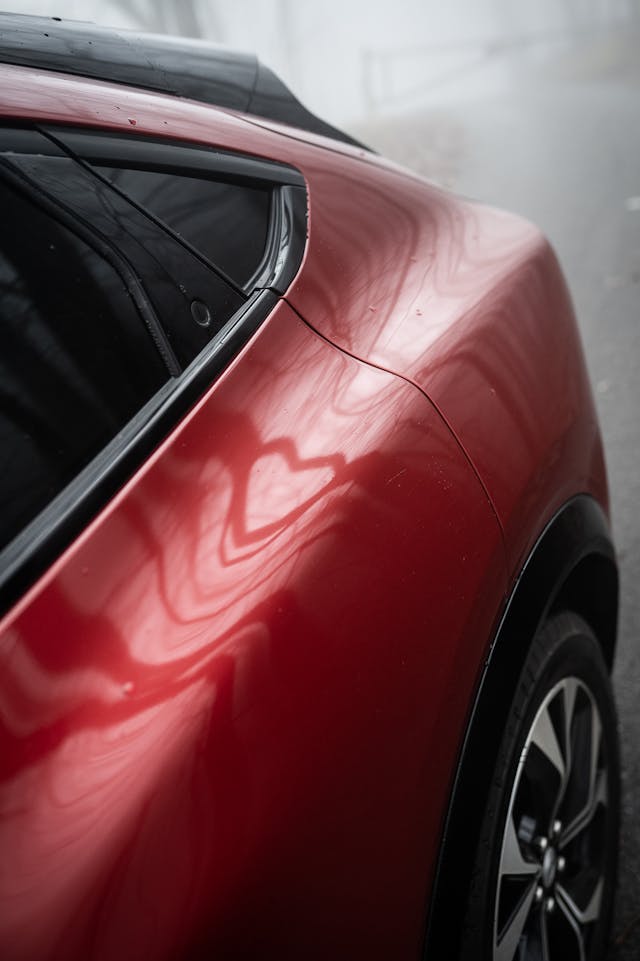
This whole train of thought was prompted by arrivals. For a short while last week, my driveway held both a Ford Mustang Mach-E and a 2021 Toyota Supra. Test cars, on loan from their manufacturers. I wish I could say that either machine held music. The Mach-E is ostensibly a Mustang, and the Supra is ostensibly a Supra. Only they’re not. Each is a decent car in a vacuum, but each lacks something—in the Mustang’s case, it’s the sense of focus and knuckle-dragger spark that always made the name feel feistier than the blueprint would suggest. The Supra? It’s an uninspiring BMW model minus: a specific sense of origin, Toyota’s admirable house tuning philosophy.
“We were absent a Supra for so long,” a coworker recently said, “and then it comes back … like this? Nobody asked for this. Not like this.”
Japanese cars have traditionally focused on certain qualities at the expense of others. You know the ones. Modern German cars trade long-term unburstability for high-tech complexity and a je ne sais sturm over the road. The torque-abundant Supra is sideways bursts in corners but dull steering and a cramped cabin, and the Mach-E is a very good electric SUV blessed with a name that probably should have been used for a slinky, Mustang-shaped, four-place EV sedan with some fight in its bones.
Still, the ads scream, feel the branding.

What an awful word. Beloved by cheap consultants and a thousand mediocre product planners. Everyone in this industry has talked to a million of those people. At its core, a brand is simple—an idea, executed consistently over time, and the public’s sum experience with it.
That experience is important, and it carries a long tail. Any brand is a cross between what its maker says it is and what a majority of consumers see and feel. The cool bit is how neither party is ever entirely right about the mix; that blend is a dynamic, living thing, vectored slightly by concepts not always synced with reality, like latent goodwill and rose-tinted memories. (Example: Subarus were once almost infinitely reliable, so people thought of them as a smart, no-nonsense purchase. This image persists, despite the fact that the brand has for the last six years failed to rank above J.D. Power’s industry average for vehicle dependability. Even Mini ranks higher on that list in 2021, and Minis aren’t exactly the Rock of Gibraltar mechanically.)
Alternately, consider the identity question in terms of people: As a social person on this earth, you have a reputation. That reputation carries weight in life, so most thinking folks pay attention to its maintenance. They also resist wholesale changes in its makeup. Who you are is the cumulative result of your choices. If a person regularly made wholesale change to their personality—say, every 5 to 8 years, or the average life of a new car between complete redesigns—then that person would eventually become more associated with change than with any given practice or behavior.
Change is good when necessary, but determining necessity is part of the trick. The man who stands for everything, stands for nothing.

In the end, the people who run brands make choices. There are no rules. You can mock your customers for loving the old you. You can dismantle parts of your image, selling off bits and pieces in order to grow, hoping the remaining core is enough. But every choice has a cost. Emotional attachment typically brings a long tail of loyalty, but it’s remarkably easy to step on that tail while walking forward.
Years ago, I worked the parts counter at a Jaguar dealership. This was in the age of the Jaguar X-Type, a now-discontinued small-sedan experiment aimed at young professionals. Industry wonks had claimed for years that an “affordable” Jaguar would bolster the marque’s bottom line, allowing it to continue building prestigious but developmentally expensive luxury vehicles. If this movie sounds familiar, it’s because the plot has now consumed much of the luxury-car business, and rightly so. But it only works when you understand why people buy your product, and if you don’t explicitly engineer the “affordable” version to ignore most of those reasons.
When the X-Type was new, Ford owned Jaguar. To reduce cost, the attainable Jag was produced using the Ford’s low-cost Mondeo platform. To the bones of an ordinary second-gen Mondeo—a car sold in America as the Ford Contour—Coventry added all-wheel drive, a less plasticky interior, high-quality wood trim, and Connolly leather. The Duratec-based V-6 up front still sounded like Dearborn, but new X-Types were actually pleasant to drive. The cars tended to feel cheap and rattly two or three years down the road, but that didn’t matter in the showroom. And there were other benefits. When certain X-Type subsystem parts went on indefinite backorder, it was my job to simply call the Ford store down the street and buy more. Parts markups for anything bolted onto a Jag were so large, our dealer still made substantial money.
I was young then, in my early twenties. I remember watching X-Type owners in the service lobby, wondering if they knew what they bought.
Some of them undoubtedly did and didn’t care. It didn’t really matter; the X-Type sold, albeit at a fraction of its maker’s projections, and only to people who desperately wanted a Jaguar at any price. Those folks were far from a sustainable base, and they were rarely return customers. The X-Type’s ownership experience and quality issues tended to sour them on the brand, and they moved on.
Our other customers were different. Not better or worse, but certainly more loyal, often for generations. Possibly because the rest of the marque lineup seemed as special as the X-Type was dull. Human qualities in place of corporate ones, I suppose. (Forget for a moment that the contemporary XJ used an evolution of the 1980s XJ40 platform, developed with help from Ford. Power can be used for good or evil.)

One day, an older customer walked up to the desk. He was a regular, a gray-haired guy with grandfather presence and a late-model XJ8 that saw the shop about once a quarter. In this instance, he was there to pick up a new set of floor mats, the cushy Vanden Plas ones with the wool face.
That afternoon, the service bay nearest the parts desk held an X-Type in for some kind of interior and driveline work. You see a dismantled X-Type on a lift with its bits in a warranty-backed heap on the ground, you learn things. It didn’t help that the rest of the shop that day was mostly older XJs and XKs. A toddler could spot the outlier.
Floor-mat man gave the X-Type a glance, shooting me a doubting look.
“People really buy those things, eh?”
I wanted to keep my job.
“Yessir, they do.”
He flipped through his wallet, searching for a credit card, not looking up. “That one’s the Ford, right?”
I fibbed. But no more than the Brits did in the 1960s and 1970s, when half the designs from BMC or British Leyland were rebadged and sold across the company under multiple brands. Brands that are mostly now dead, incidentally.
“It’s a Jaguar, sir.”
He placed a card next to my keyboard, shaking his head in disgust.
“They all look that cheap inside? What on earth were they thinking?”
I set the floor mats on the counter, where they landed with a thud. Those mats were special-order, heavy and fluffy as shag carpet. They felt like they came from somewhere specific. The sales guys always told customers they were built for bare feet.
“I’ll tell you what they were thinking,” he said. “Nothing.”
I couldn’t say anything, because of course I couldn’t.

Most of us don’t say anything, anyway. It’s fine. I was once into all things new Mustang and all things new Supra. Maybe the tide will come back in. The Mach-E may hurt Ford, and the new Supra may hurt Toyota, but if we’re lucky, neither will happen. Either way, all I have now is a vague and sweet little memory of what those ideas once meant, and that’s probably enough.
I’m told that this combination of feelings is basically the precis of maturity. I turn 40 next month. The age where, once upon a time, you would go looking for a relaxed, reliable, adult kind of grand-touring car.
Too bad nobody makes that kind of Toyota any more.
I did wander down to the dealer this week and spend a bit eyeballing new Mustangs, however. The real ones, the two-doors, as long as they’re still around. Fits, really. I never was much a fan of growing up.
